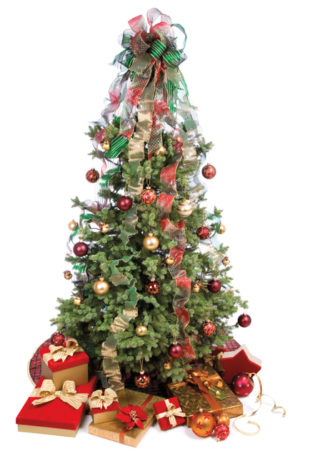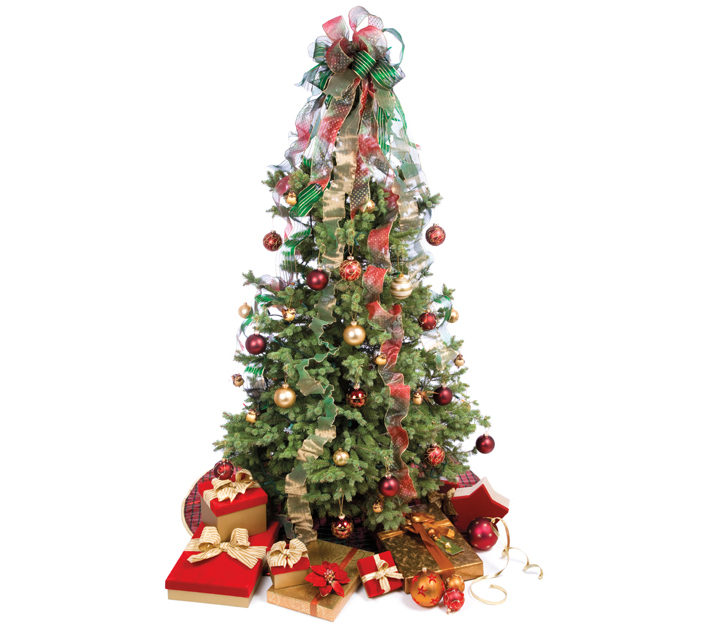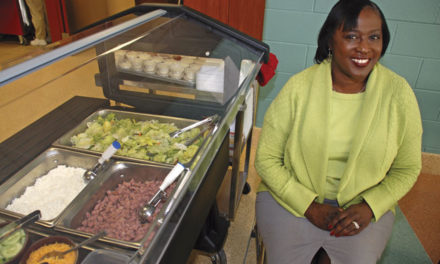
iStock / Lisa Thornberg
BY DALE BURG
I never ever thought I’d ever see
A pink or purple Christmas tree.
For such a tree to look its best, it
Should be, I think, as Nature dressed it.
—With apologies to Joyce Kilmer
At Bloomington’s Twin H Tree Farm and Nursery, co-owner Zac Simpkins sees increasing numbers of people looking for live Christmas trees. Returning to tradition was particularly apropos in 2010, which marked the 500th anniversary of the first decorated tree.
Back in the early 1500s, a tradesmen’s guild in Riga, Latvia, annually cut down a tree for a winter solstice ceremony that included a log burning. In 1510, legend has it, the chosen tree was so big there were concerns that burning it might be dangerous.
While the elders pondered the problem, the town children, awed by the giant tree, decorated it with bits of yarn, nuts, apples, and candles, plus chains of dried berries and flowers—and a tradition was born.
A live tree is not only historically but also environmentally correct. Artificial trees, usually made abroad, are petroleum-based and contain non-biodegradable plastics and, in some cases, metal toxins. When discarded—usually after six to nine years—they become part of the landfill problem.
But live trees are a renewable resource. For every tree that Christmas tree farmers harvest, they plant one to three new seedlings, says Simpkins—more than even Mother Nature would put down. The growing trees not only look beautiful but also stabilize the soil, protect water supplies, and provide refuge for wildlife.
Christmas trees take some eight or nine years to reach full growth, explains Kerry Dull, secretary of the Indiana Christmas Tree Growers Association. So farmers use a rotation system in order to cultivate trees at every growth stage. This plan also helps in the event of drought, which can wipe out an entire year’s crop of seedlings too young to have an established root system.
The day after Thanksgiving, customers can begin roaming the grounds at Twin H Tree Farm (620 W. Chumley Rd.; 824-7458) to select a tree to be cut, trimmed, and baled—or, if they prefer, to cut down their own.
Varieties of pine, spruce, and fir are available, but white pine and Scotch pine are the most popular, the former for its longer needles and softer feel and the latter because its shorter, coarser needles make it a better choice to hold heavy, heirloom ornaments.
After the holidays, you can visit earth911.com and click on Recycling 101 to learn where to dispose of your tree.















